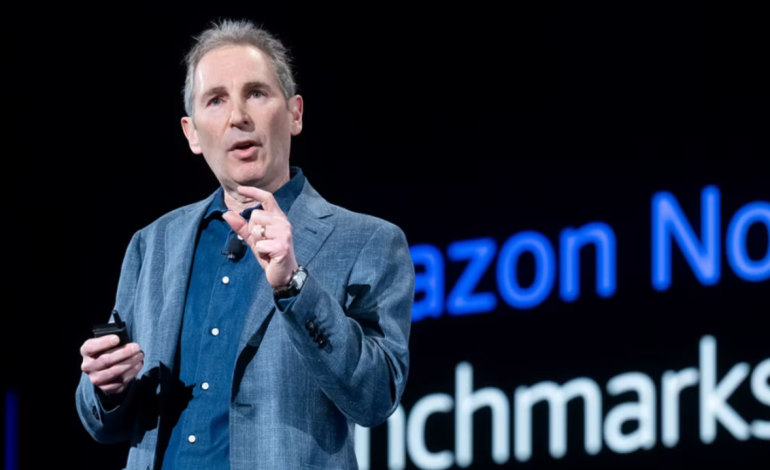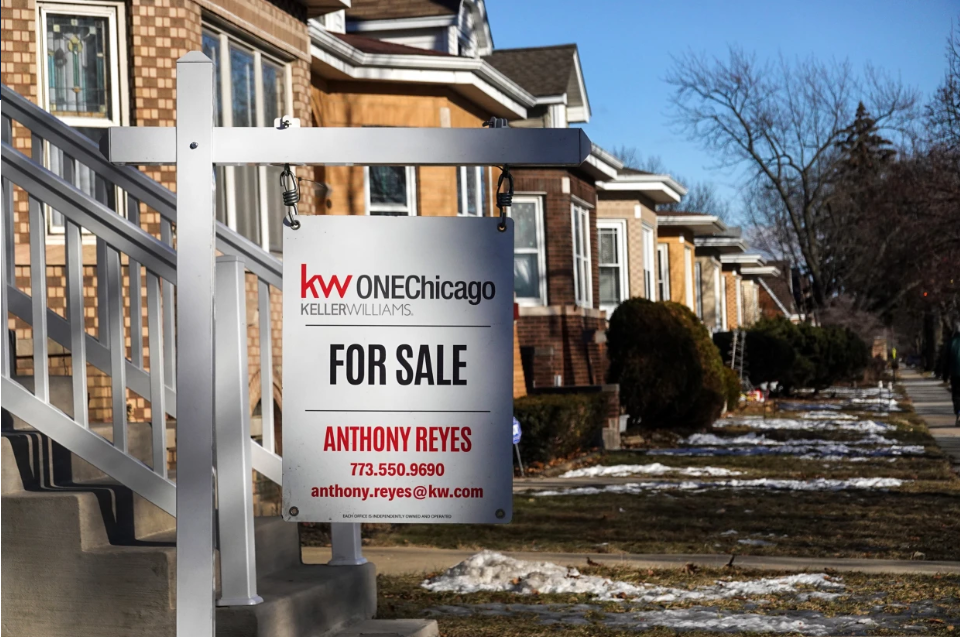As artificial intelligence technologies continue advancing, a growing number of tech industry leaders are publicly acknowledging their potential to reduce corporate workforces, CNN reports.
In a recent memo to Amazon employees, CEO Andy Jassy outlined the company’s growing use of generative AI, hinting that these tools will increasingly replace human labor over the next several years.
Jassy’s internal note, titled “Some Thoughts on Generative AI,” described progress in making Amazon’s virtual assistant Alexa “meaningfully smarter” and improving its customer service chatbots. Deeper in the memo, Jassy addressed workforce implications, stating that as AI capabilities expand, “we expect that this will reduce our total corporate workforce.”
While Amazon’s announcement included no specific timeline or job impact figures, it mirrors similar warnings from other technology leaders. Dario Amodei, CEO of AI research company Anthropic, recently claimed that artificial intelligence could eliminate half of all entry-level white-collar jobs within five years—a projection that has sparked debate across the tech and labor sectors.
Not all executives share this bleak view. Nvidia CEO Jensen Huang and Google DeepMind’s Demis Hassabis have pushed back on the notion that AI will displace human workers on such a large scale, urging a more measured perspective on the technology’s role in the workplace.
Industry analysts note that while AI is poised to increase efficiency and productivity, its widespread deployment also serves a familiar management narrative—using future automation to encourage present-day productivity. Some critics suggest these statements reflect longstanding corporate strategies of invoking technological change to manage employee expectations and reduce labor costs.
Automation and machine learning have shaped labor markets for decades, but generative AI’s potential to affect creative and administrative jobs has raised new concerns. Large language models like those used in advanced chatbots can perform tasks such as drafting memos and synthesizing information, but they are also prone to errors and require careful oversight.
Meanwhile, companies continue to invest heavily in AI infrastructure. Microsoft, for example, has committed $80 billion to AI initiatives this year. The company’s own research, however, suggests that new technologies have contributed to what it calls an “infinite workday”—an environment where employees receive hundreds of digital notifications daily and often work beyond traditional hours.









The latest news in your social feeds
Subscribe to our social media platforms to stay tuned